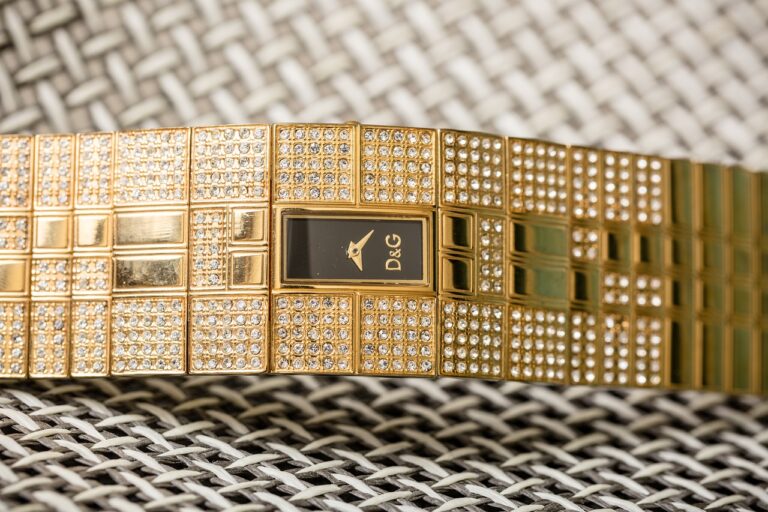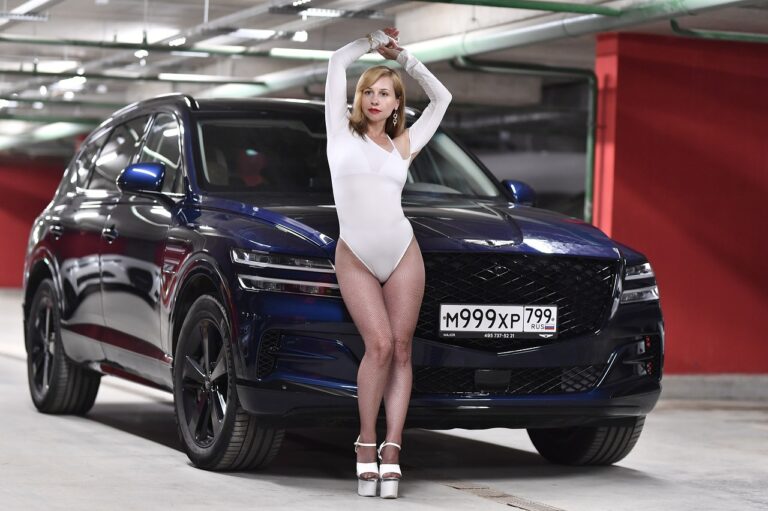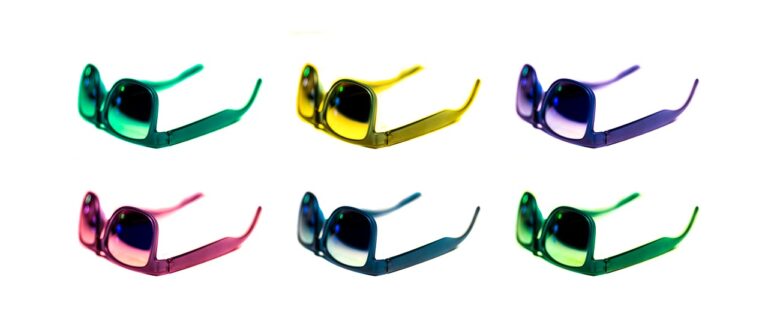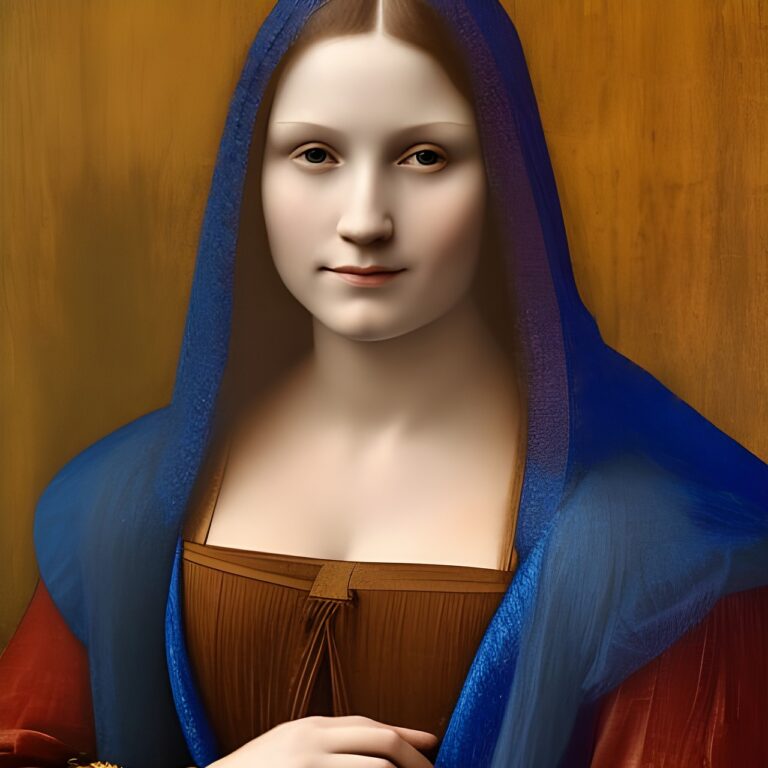Fashion and Wellness: The Relationship Between Clothing and Mental Health
Clothing choices play a significant role in shaping how individuals perceive themselves. The garments we select to wear can affect our self-image and influence our confidence levels. When we dress in outfits that align with our personal style and make us feel good, it can lead to a boost in self-esteem and a positive self-perception. On the contrary, wearing clothing that doesn’t resonate with our sense of self can result in feelings of discomfort and insecurity.
Research suggests that the colors, cuts, and styles of clothing we choose can impact how we view ourselves in various situations. For instance, wearing formal attire may instill a sense of professionalism and competence, while opting for casual wear might promote feelings of relaxation and informality. The way our clothing fits our bodies also plays a role in self-perception, as ill-fitting garments can lead to body image issues and a lack of confidence. By understanding the psychological implications of our clothing choices, we can harness their power to enhance our self-perception and overall well-being.
How Fashion Trends Can Influence Mood and Confidence
Fashion trends play a significant role in shaping individuals’ moods and confidence levels. When people align their clothing choices with current trends, they often feel a sense of validation and belonging. This can boost their self-esteem and overall mood, making them more confident in their appearance and interactions with others.
On the other hand, feeling out of sync with fashion trends can lead to feelings of inadequacy and self-doubt. When individuals perceive themselves as not fitting in with the latest styles, it can affect their confidence and mood negatively. This highlights the strong impact that popular fashion trends can have on shaping individuals’ perceptions of themselves and the world around them.
• Fashion trends can provide a sense of validation and belonging
• Aligning clothing choices with current trends can boost self-esteem
• Feeling out of sync with fashion trends can lead to feelings of inadequacy
• Perceiving oneself as not fitting in with the latest styles can affect confidence negatively
The Connection Between Personal Style and Emotional Well-Being
Personal style is a reflection of one’s inner self, shaping not only physical appearance but also emotional well-being. The clothes we choose to wear can have a profound impact on our mood and confidence, influencing how we present ourselves to the world. When we dress in a way that aligns with our personality and preferences, we are more likely to feel comfortable and authentic, leading to a positive emotional state.
Furthermore, personal style can serve as a form of self-expression, allowing individuals to communicate their identity and convey their emotions without words. Through fashion choices, people can showcase their creativity, individuality, and unique personality traits, ultimately boosting their self-esteem and overall emotional well-being. The power of personal style lies in its ability to empower individuals to embrace their true selves and cultivate a sense of confidence and happiness in their daily lives.
Can the clothing we choose to wear really impact our emotional well-being?
Yes, research has shown that our clothing choices can have a significant impact on our self-perception and emotional state.
How do our clothing choices affect our self-perception?
The clothing we choose to wear can influence how we see ourselves and how others perceive us, which in turn can affect our confidence and mood.
Can following fashion trends help improve our emotional well-being?
Following fashion trends that resonate with our personal style can boost our mood and confidence, but it’s important to remember to stay true to ourselves and not just blindly follow trends.
How can we cultivate a personal style that promotes emotional well-being?
By experimenting with different styles and finding what makes us feel comfortable and confident, we can create a personal style that aligns with our emotions and promotes overall well-being.
Are there any specific colors or patterns that are known to have a positive impact on emotional well-being?
While individual preferences may vary, colors like blue and green are often associated with feelings of calm and serenity, while bright, bold patterns can evoke a sense of energy and happiness. It’s important to choose colors and patterns that resonate with you personally.







